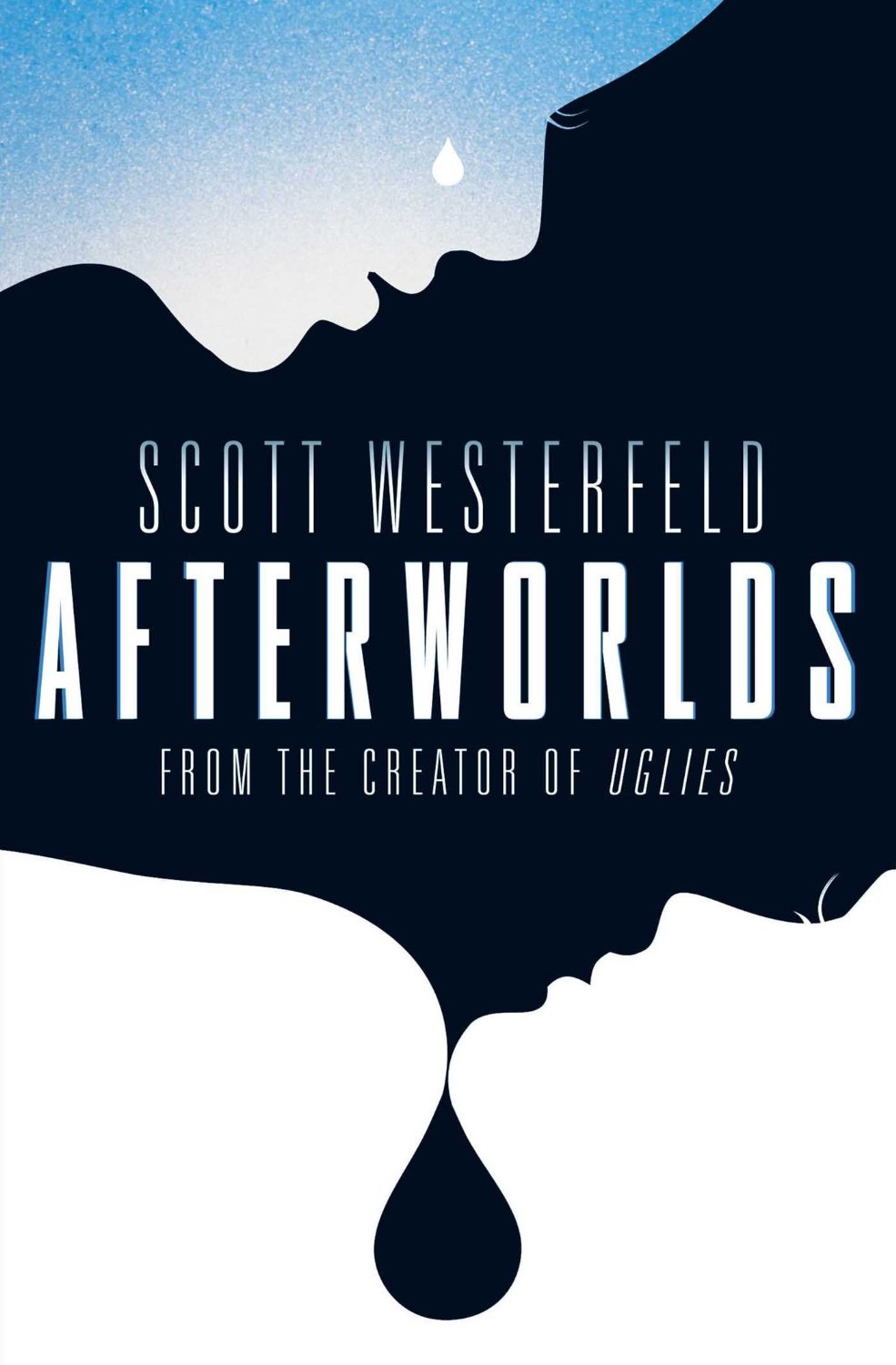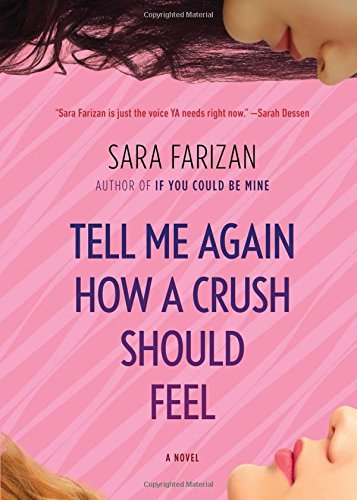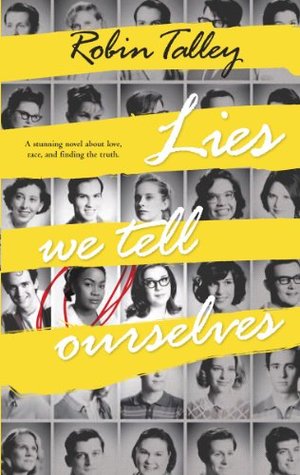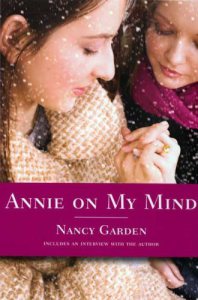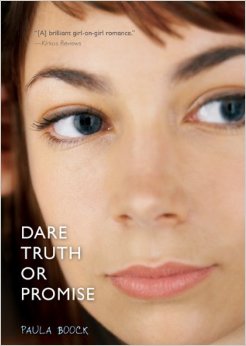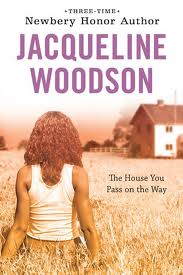Growing up, I could not get enough of historical fiction and books set in a time past. Any book that featured two girls falling in love was also irresistible to me. So when I heard about Silhouette of a Sparrow by Molly Beth Griffin, a young adult lesbian coming-of-age story set in the 1920s, the eager, history-loving 15-year-old in me just had to read it.
Silhouette of a Sparrow is Griffin’s first young adult novel, which might be why the narration has a more mature tone unlike many books for young adults in which authors tend to talk down to their audience or follow a more predictable pattern in fear of readers losing interest. Set in Excelsior, Minnesota, a real lakeside resort town, the novel follows 16-year-old Garnet Richardson who is feeling trapped by her life back home when she is sent off to Excelsior to stay with her father’s cousin, the uptight, snooty Mrs. Harrington and her rude, disinterested daughter, Hannah. While there, Garnet pushes the limitations set by her strict aunt, getting a job in a hat shop and befriending a free-spirited flapper named Isabella.
Although the relationship between Garnet and Isabella is at the heart of the novel, there is so much more going on; it isn’t just a love story. From the beginning, it is clear that the main character’s life is full of forced deception when her mother claims that she is sending her away so she won’t catch polio. There is a telling bit of narration at that point in the first chapter where Garnet tells the readers,
“At sixteen, I was hardly at risk for polio, but the real reasons for my going were among the many things unsaid between us…”
Between her father’s strange behavior and aloofness to her mother’s insistence on pushing lady-like behavior onto Garnet and planning her future wedding to a boy from school, it is clear that everyone in the Richardson is living by a sort of “don’t ask, don’t tell” policy.
One of the most intriguing elements that comes from this life draped in secrecy and unspoken rules is Garnet’s obsession with birds. They represent the freedom she longs for, and she is completely obsessed with them, constantly researching and observing them. Each chapter of the book is named after a different bird, and each bird represents a new stage of Garnet’s journey to find herself behind the wall of deception built by her family, her society, and even herself.
My favorite thing about this book is that Griffin manages to convey the stress so many teenagers feel when they realize that the lives they want for themselves do not match up with the lives their parents want for them and that they will have to find their own way. This experience is especially familiar to teenagers who experience same sex attraction. It is stressful and feels like the hardest thing in the world, and when you have gotten over that hump, things aren’t the same, and sometimes they’re a little bit broken, but there is a feeling of freedom and hope and the idea that in time, what is broken can be rebuilt into something better. And of course, nothing is certain, which makes it seem like anything is possible.
With all of the complicated conventions and messes of real life, Griffin manages to make the world seem a bit more poetic and beautifully synchronized for her main character. Her style has a sense of ease that makes the novel easy to get lost in without falling into the formulaic predictability of so many young adult novels. I finished the book in a two hour sitting and felt a sense of closure and satisfaction that comes with the delightful combination of an intriguing plot and solid writing.


